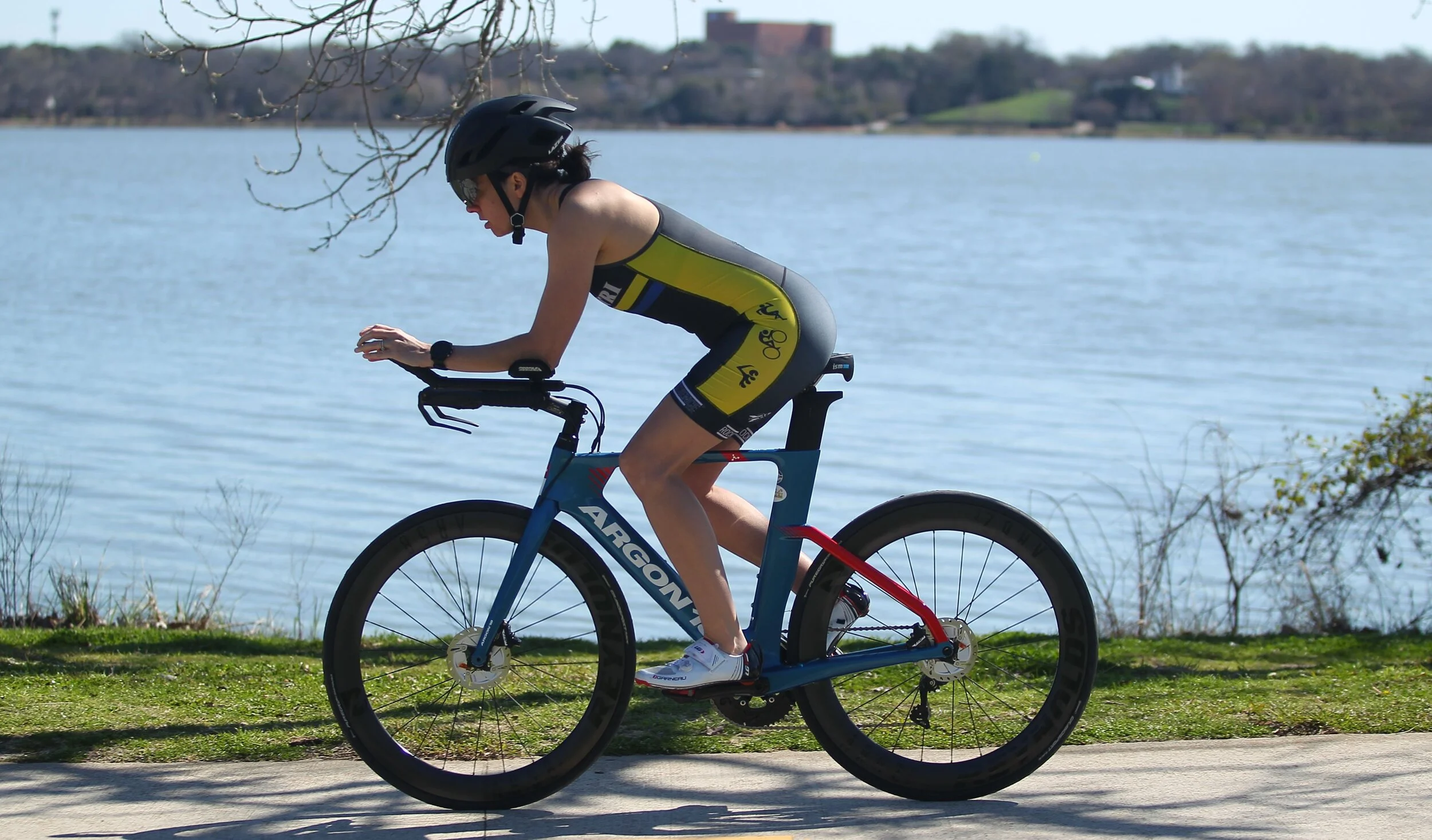The general theme with pacing during a triathlon is Start Conservatively, Finish Strong. Triathletes cannot pace themselves the same way as they would in a masters swim meet, cycling time trial, or running race. Push too hard, too early and you end up paying for it later in the race. There are a variety of analogies that you can use to figure this out, but I tend to go with the box of matches approach.
In this box of matches you have 10 matches and your goal is to use all of them throughout the race. How you allocate them is up to you. However, you want to use them wisely. Burn too many matches during the swim and bike and you’ll not have enough left for the run. Burn too few matches during the swim and bike and you’ll have leftover matches at the end of the run. In a perfect race or training day you would either hold steady or gradually increase the intensity throughout.
This is why we pay particular attention to Heart Rate. Not only is it the most consistent, most accessible, and most cost effective tool for training and racing, it is also the best tool for measuring performance. Heart Rate is effected by heat, humidity, sleep, hydration, nutrition, etc. A run at 140 bpm has the same cardiovascular impact no matter what the pace.
To get a sense of what this means for training and racing, let’s look at a few examples. Triathlete Tammy has the following identical Heart Rate zones for the bike and run: Training Pace 130-149, Race Pace 150-164, Hard 165+.
As part of her training plan for an Olympic distance triathlon she has a 1 hour Training Pace Ride, followed by a 30 minute Training Pace Brick Run (9 run/1 walk). Today she is feeling particularly good, so she pushes the pace on the Bike and shoots to keep her HR in the 145-149 range. However, when she gets off the Bike she realizes that her hip flexors are a bit tight (whose aren’t, right?) and so she has a hard time staying in Training Pace on the run. Her HR creeps up to 155-160 by the end of her run, while her pace goes down from a 8:00 minute/mile at the beginning to an 8:30 at the end.
A few weeks later she has the same workout, this time however Tammy decides to hold her HR just a few beats lower on the bike at 140-145. At the end of the bike she feels just a bit fresher and notices that she is able to hold a 8:00 minute/mile for the whole run with her HR staying below 150 bpm.
Whether you are training or racing, HR is always a conversation partner in determining your pacing strategy because it shows us how hard or easy the work was. On the bike, HR monitoring can be used in conversation with a power meter to determine if you are making progress as an athlete. If Tammy starts the season pushing 200 Watts at 140 bpm and she ends the season pushing 220 Watts at 140 bpm, then she has improved Likewise for running, we can put HR in conversation with pace. If Tammy is running a 8:00 minute/mile at 150 bpm and then starts running a 7:45 minute/mile at the same bpm then she has improved.
And during the Olympic distance triathlon, Tammy and her coach develop this pacing strategy based on HR.
Swim: focus on form and holding a steady pace based on Rate of Perceived Exertion. Listen to your breath. If you are having a hard time breathing, then slow it down.
T1: Get what you need and get out. Don’t rush. Focus on being smooth through T1.
Bike: If HR is above 165, then soft pedal until you get your HR down to mid Training Pace (140 bpm). Build your HR throughout the bike until you get to 160 bpm. For the last 5 minutes, shift into an easier gear to get your HR down to 150 bpm and increase your pedaling to 90 rpm to freshen up your legs.
T2: same as T1.
Run: If HR is above 165, then walk until your HR is around 150. Focus on running with good form. Running tall with relaxed shoulders and quick feet. Build your HR throughout the run so that you finish the run with nothing left in the box of matches. Walk aid stations to get nutrition & water in and douse yourself with water whenever possible to help stay cool.
So what’s the take away from this? Here’s the bullet points:
In training and racing Start Conservatively and Finish Strong.HR monitoring is the best tool for training and racing. Heart Rate tells us more about how hard or easy a training session or race is compared to any other measurement tool. Power meters and tracking your minute/mile pace is nice, but it doesn’t mean much if we don’t know how your HR responds. Pacing with HR helps you understand the environmental factors that impact your training and racing.
Coach Jim is a Level 3 Playtri Coach and a USAT Level 1 Certified Coach. Learn more about his coaching options and contact him at www.playtri.com/jim-rowe.

